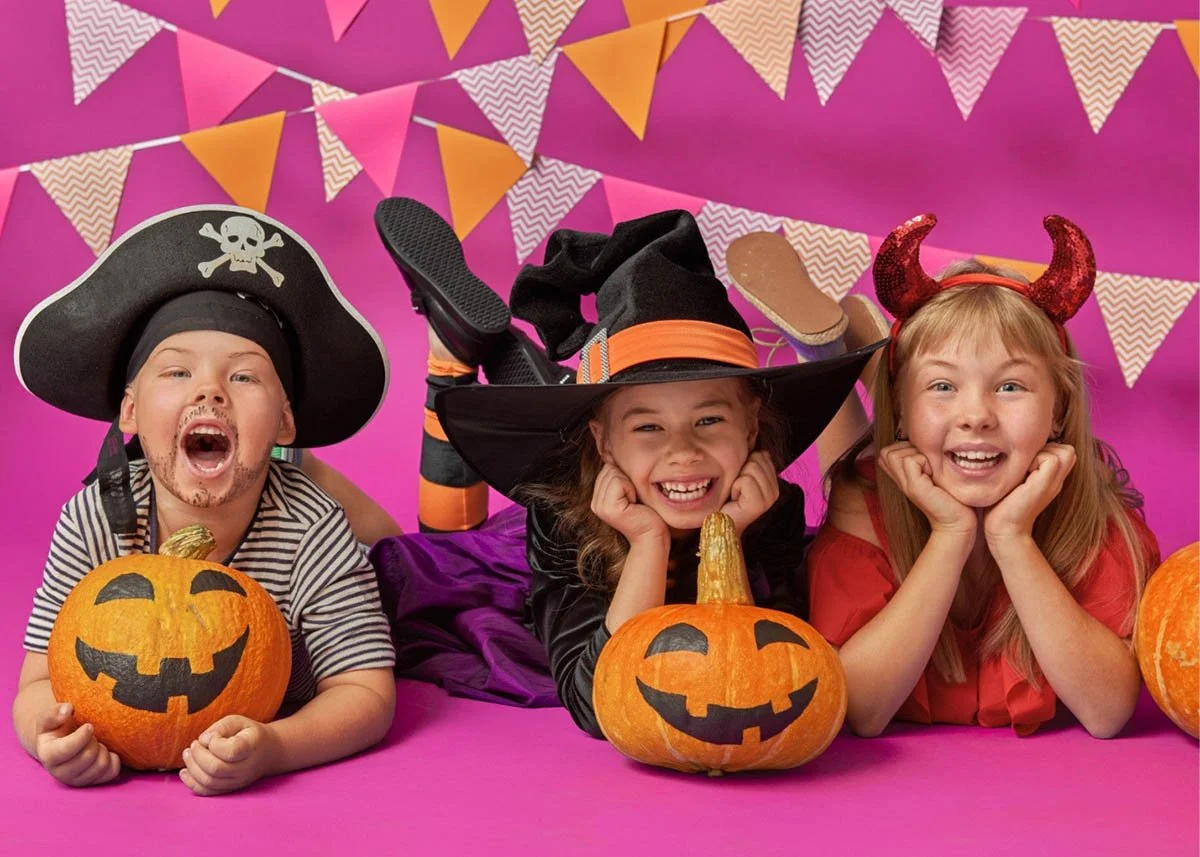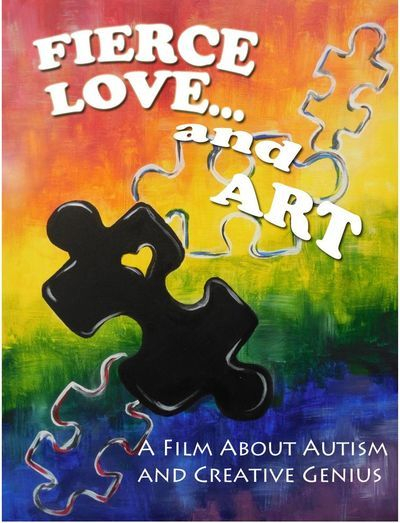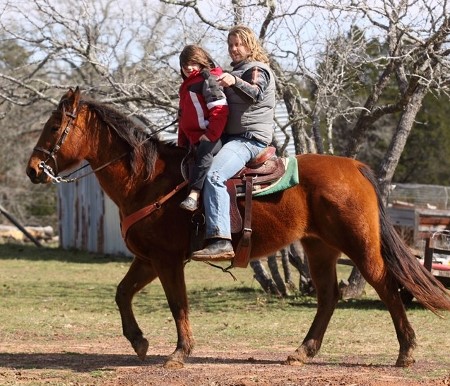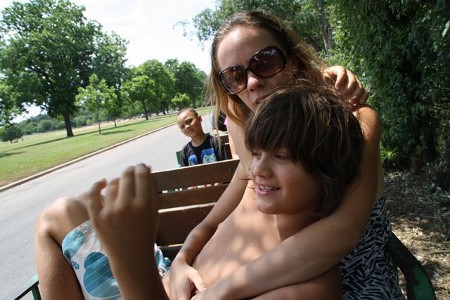Boo-tiful moments: Helping kids with autism understand Halloween
/Just in time for the season of spookiness, we have some helpful tips from Alix Naginski, MSc, RBT, for parents, educators, and caregivers of children with autism. Alix is a staff member at Spark Learning, which provides therapy, social skills groups, and camps, as well as the Little Sparks Preschool and Kindergarten program, in Austin.
Halloween is a magical time for children, a night filled with creative costumes, decorations, candy and trick-or-treating with friends. For many autistic children however, it can also be a time of sensory overload, social stress and unexpected challenges. At Spark, we understand that every child experience Halloween differently. We're here to help you make this special day feel safe, enjoyable, and tailored to your child. With planning and flexibility, there are many ways to approach costumes, decorating, and trick-or-treating to prepare your child for the surprises that come on this spooky holiday.
Social stories: A great way to teach about Halloween
One fun and personalized technique you can use to help explain Halloween and its features is creating a social story. A social story is a simple, personalized story that uses clear language and visuals to explain social situations or upcoming events. It helps children understand what to expect, how to respond, and feel more comfortable in new or unfamiliar settings.
Some key features you may want to include are:
Why do we celebrate Halloween?
How do we celebrate it?
Decorations they may see
How do we trick or treat?
You can include pictures of your street, your child, their costume, and the candy they may get! Make it fun, simple and personalized. These personal aspects are key as it makes the story more interesting and relatable for your child (Chen et al., 2020). Moreover, reading the story with your child several times before the big day will give your child time to absorb the information and feel more prepared for Halloween.
Practice, practice, practice!
It is important also to help your child develop the skills needed and practice them. This will help your child feel more relaxed on Halloween night. Certain aspects of Halloween may be more challenging than others, and that is okay! Practicing as early as possible is what will lead to higher chances of a successful and stress-free night.
Costumes: Getting your child comfortable with their Halloween costume is particularly important. This can be done by having their costume out and visible as well as having them try it on a couple times leading up to Halloween. Be prepared for resistance. But, the sooner you have them grow accustomed to their costumes the more likely they will become comfortable with wearing it! This is especially crucial if parts of the costume are new to them, such as glasses or other fun accessories (Kyriacou et al., 2023).
Trick-or-treating: Practice trick-or-treating a couple of times before the 31st. Begin by walking in your neighborhood during the daytime, making sure they stay near you or hold your hand. Ideally, your child should have the chance to practice being in a busier neighborhood to mimic what it may be like on Halloween. Also, with the help of a friendly neighbor or family member, try having them knock on someone's door. Be sure to highlight the order in which we do things: knock, say "trick or treat", take some candy, and leave. Have them practice just taking one or two pieces of candy and not entering the person's home. This may be very different from previous social experiences. Practice leads to being more prepared and sets the boundaries prior to the start of the event.
Social skills: For some kids, it may be good to practice what to do if you get candy you don’t like (Say thank you and take it, but you don’t have to eat it!). Also, when receiving candy, it may be extremely tempting to eat it there and then. Reviewing ahead of time when they will be able to eat the candy will avoid challenges occurring. Some other important social skills to consider are responding to others’ questions about what they are dressed up as or compliments about their costumes. Halloween is a wonderful time to work and make progress on your child’s social skills!
When in doubt, adapt!
If you find that your child is having a harder time with everything that comes with Halloween, changing the skill set sought may make a world of a difference for your child's and your experience.
When it comes to walking around for trick-or-treating, it may be less stressful to have your child sitting rather than walking with you. For younger children, consider using a wagon or stroller to walk around your neighborhood – it could even be part of their costume! This keeps them safe in busier areas and may make the experience more comfortable for them.
Not everyone likes candy, and that’s okay! It doesn't need to take away from their trick-or-treating fun. Consider bringing alternative goodies that you can add to your child's bag like stickers, small fidgets, or other snacks they prefer. This will increase their enthusiasm and sense of taking part in the experience.
Finally, being in costume all together is a great way to make Halloween a family experience. Note that some materials may not be easy for your child to wear, such as accessories your child has never been exposed to before (wigs, certain shoes, jewelry, etc.). When picking out a Halloween costume, consider choosing a two-piece shirt and bottom that has the design printed or sewn on the front or back. This will help make the costume feel less foreign to your child.
Halloween doesn't have to be overwhelming. With preparation, practice, and flexibility, every child can participate in a way that works best for them. Whether that means adjusting costumes, modifying trick-or-treat routines, or creating a personalized social story – what matters is making your child feel safe, comfortable, and included.
References
Chen, T., Yang, W., Wang, Q., Zhang, Y., & Ma, Z. (2020). Effects of social stories intervention for children and adolescents with autism spectrum disorders: A protocol for a systematic review and meta-analysis of randomized controlled trials. Medicine, 99(37), e22018. https://doi.org/10.1097/MD.0000000000022018
Kyriacou, C., Forrester-Jones, R., & Triantafyllopoulou, P. (2023). Clothes, Sensory Experiences and Autism: Is Wearing the Right Fabric Important?. Journal of autism and developmental disorders, 53(4), 1495–1508. https://doi.org/10.1007/s10803-021-05140-3
Alix Naginski, MSc, RBT | Little Sparks at Spark Learning






















